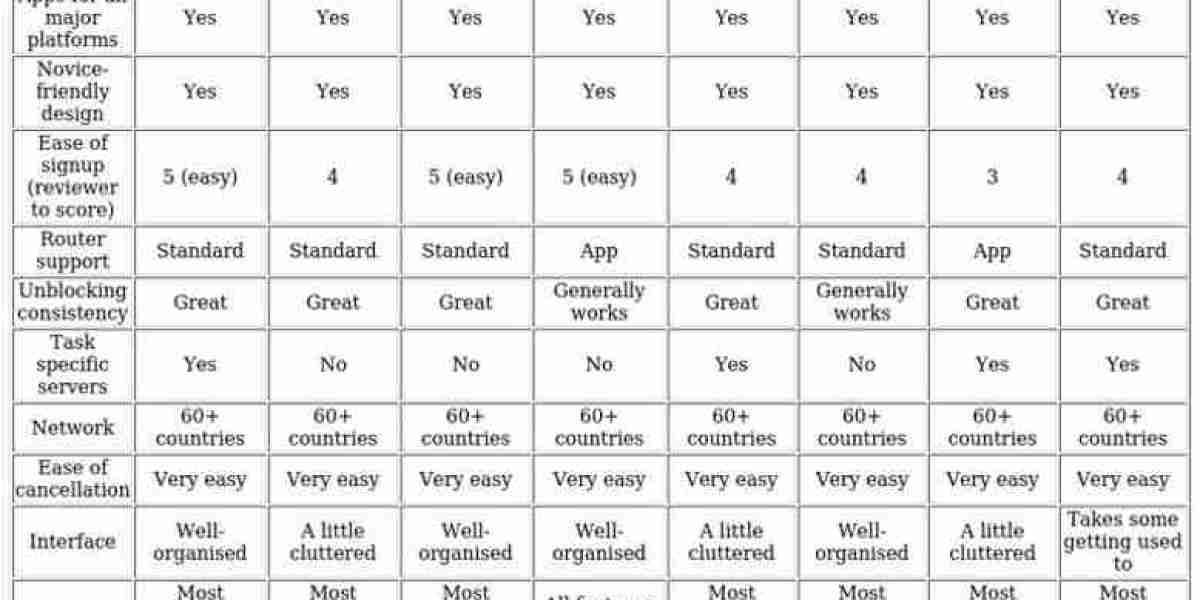Introduction
Gene therapy has emerged as a transformative approach to treating genetic disorders, offering the potential to cure conditions that were once deemed untreatable. However, as gene therapy continues to evolve, its economic implications are becoming an increasingly important aspect of the broader healthcare landscape. The high costs associated with gene-based treatments, coupled with the promise of long-term cures, raise crucial questions about pricing, reimbursement, accessibility, and the overall value of these therapies. This article explores the economics of gene-based treatments and their potential impact on healthcare systems, patients, and the biotechnology industry.
The High Cost of Gene Therapy
One of the most significant barriers to the widespread adoption of gene therapy is its cost. The price tag for a single gene therapy treatment can reach millions of dollars, making it one of the most expensive forms of healthcare. For instance, treatments like Zolgensma (for spinal muscular atrophy) and Luxturna (for inherited retinal diseases) have been priced at over $1 million per patient.
The cost of gene therapies is driven by several factors:
Research and Development (R&D) Costs: Developing gene-based treatments requires extensive R&D, clinical trials, and regulatory approvals. The process can take over a decade and requires significant investment from pharmaceutical companies and biotech firms.
Manufacturing Complexities: Gene therapies often involve complex and personalized manufacturing processes. These treatments require tailored production methods, which can drive up costs. For example, CAR-T therapies like Kymriah require the extraction and modification of a patient’s own cells, a process that involves highly specialized facilities and equipment.
Regulatory Compliance and Safety Monitoring: Gene therapies are subject to rigorous safety standards, requiring continuous monitoring and long-term follow-up care for patients. This increases both the direct and indirect costs associated with treatment.
Value Proposition: Long-Term Benefits vs. High Initial Costs
Despite the steep price of gene therapy treatments, many experts argue that the long-term benefits of curing genetic diseases justify the high initial costs. Unlike traditional therapies that require lifelong management, gene therapies often promise a one-time treatment that can offer permanent or long-lasting results.
For example, Zolgensma has shown the potential to dramatically improve the quality of life for children with spinal muscular atrophy, a condition that typically leads to death within the first two years of life if untreated. The long-term savings resulting from avoided hospitalizations, supportive care, and lifelong medications could ultimately offset the high cost of the therapy.
Similarly, treatments like Luxturna for inherited retinal diseases can restore vision, potentially preventing patients from requiring costly visual aids, ongoing healthcare, and social support. In this regard, gene therapy presents a more cost-effective alternative in the long run when compared to conventional treatments.
Insurance and Reimbursement Challenges
One of the most significant challenges associated with gene therapy economics is the reimbursement landscape. The high upfront costs pose a barrier for patients, and insurance providers are often hesitant to approve these therapies due to the lack of long-term data on their effectiveness and cost-effectiveness.
Traditional reimbursement models, which are based on the ongoing costs of treatment, are not well-suited for gene therapies, which provide a one-time treatment. This has led to the exploration of new payment models, such as:
Outcomes-Based Pricing: This model ties payment to the long-term effectiveness of the therapy. If the therapy does not deliver the promised results, the provider may be required to offer a refund or discount. This ensures that the cost is justified by the therapy's actual benefits.
Installment Payment Plans: In an effort to alleviate the burden of upfront costs, some companies are exploring installment payment plans, allowing patients or healthcare systems to pay for gene therapies over an extended period. This can make gene therapies more accessible while still maintaining their high value.
Risk Pooling and Shared Savings Models: Another approach is pooling risk among healthcare providers, insurance companies, and governments, where the costs of gene therapies are spread out over time and across a larger population. This would enable the treatment of rare diseases without overwhelming the healthcare system.
Economic Impact on Healthcare Systems
The introduction of gene therapies has the potential to shift the economic dynamics of healthcare systems, both positively and negatively. On the one hand, curing genetic diseases can significantly reduce the long-term burden on healthcare systems by eliminating the need for ongoing treatments, hospitalizations, and support services.
For example, Kymriah, a CAR-T therapy used to treat certain blood cancers, has the potential to reduce the need for costly chemotherapy and hospital stays, leading to substantial savings in cancer care. Similarly, curing rare genetic diseases can relieve the healthcare system of the lifelong costs associated with managing chronic conditions.
On the other hand, the high costs of gene therapies could place a significant strain on healthcare budgets, particularly in countries with universal healthcare systems. Governments and insurers will need to carefully assess the value of these treatments and find ways to balance access with fiscal sustainability.
The Role of Government and Policy
Government support and policy interventions will play a critical role in shaping the economics of gene therapy. Many countries are already exploring ways to address the high costs of gene therapies through legislation, funding, and public-private partnerships. Initiatives like the Orphan Drug Act in the United States, which provides incentives for the development of treatments for rare diseases, have already helped drive innovation in gene therapy.
Policymakers may need to implement new frameworks for pricing and reimbursement that take into account the long-term benefits of gene therapies. Additionally, governments could offer financial support for research and development to reduce the costs associated with bringing gene therapies to market.
Future Outlook
As the gene therapy market continues to evolve, the economics of gene-based treatments will play a central role in their accessibility and adoption. While the high upfront costs present challenges, the long-term benefits of curing genetic diseases have the potential to provide substantial economic savings for both healthcare systems and patients.
In the coming years, new pricing models, along with continued advancements in gene-editing technologies, may help address these challenges. With increasing investments in gene therapy research, the cost of these treatments may also decrease, making them more accessible to a broader range of patients.
Conclusion
The economics of gene therapy are complex and multifaceted. While the high cost of gene-based treatments presents significant challenges, the long-term benefits of curing genetic disorders may outweigh the initial price. As the market continues to grow, innovative pricing models, insurance strategies, and government policies will be key to ensuring that these transformative therapies are accessible to patients in need. Ultimately, gene therapy holds the potential to revolutionize healthcare, providing lasting cures for genetic diseases and reducing the burden on healthcare systems worldwide.



